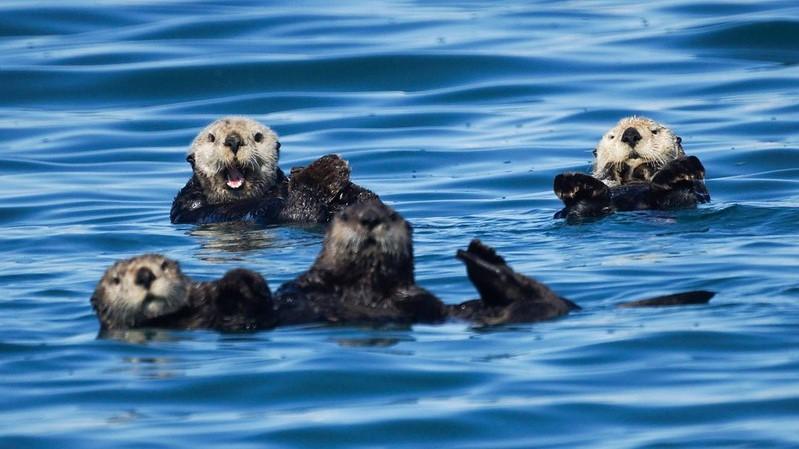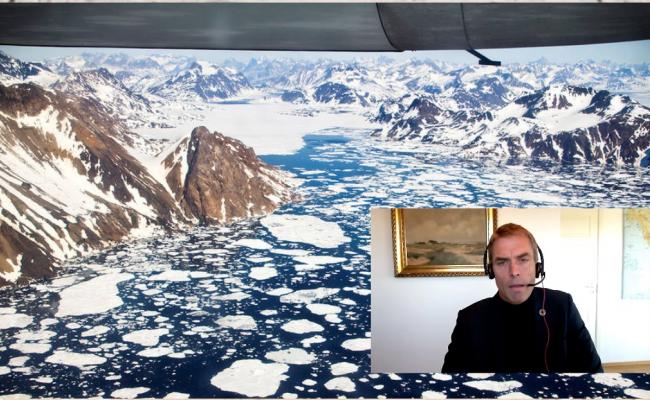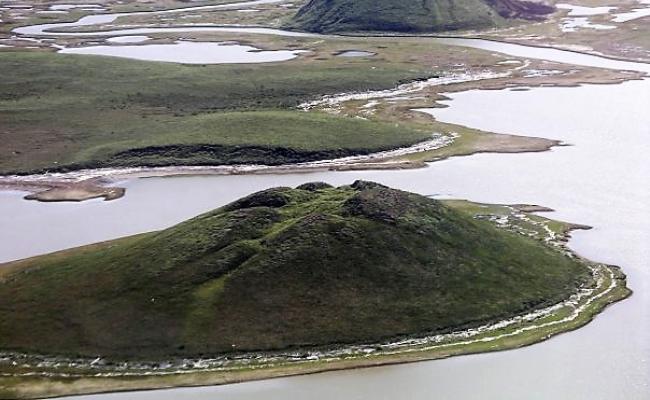The Vanishing of Otters in Alaska devastates local food web

Sea Otters Sea Otters from Prince Williams Sounds, Alaska. (Photo: California Birds)
In the Alaska Aleutians Islands delicate seascape, otters hold the entire ecosystem together. As they have disappeared, the rest of the local food web has started to crumble.
Jim Estes, an ecologist at the University of California, Santa Cruz, says more than 90 percent of the Aleutian Island otters are gone. In just a few decades, what were a bustling civilization has withered into a ghost town.
“You can travel down 10 miles of coastline and never see an animal,” Estes says.
You can read the whole article in New York Times.
The loss is more than cosmetic. In the Aleutians’ delicate seascape, otters hold the entire ecosystem together. As they have disappeared, the rest of the local food web has started to crumble — a process that’s been accelerated and compounded by climate change, Dr. Estes and his colleagues report in a paper published in the journal Science.
The importance of otters
Without otters to keep them in check, populations of sea urchins have boomed, carpeting the sea floor in spiny spheres that mow down entire forests of kelp. Now, even the living, red-algae reefs on which the swirling stands of kelp once stood are in peril.
Also read
Softened by warming and acidifying waters, the coral-like structures have quickly succumbed to the urchins, which can annihilate years of fragile algae in a single bite.
The findings point to the importance of otters in the Aleutians, where the marine mammals act not just as predators, but protectors, maintaining biological balance. A single sea otter can eat about 1,000 sea urchins a day.
Speed up animal metabolism
Against the backdrop of climate change, the reef’s safety net is gone. In the past decades, a glut of carbon dioxide in the atmosphere has acidified ocean waters, making it harder for algae to make armours.
Warmer temperatures also speed animal metabolism, driving urchins to eat more than usual. And the algae’s decline are also speeding up.
The findings add another example to the list of ecosystems being affected by an ever-warming world, and show how food chain alterations and climate change can disastrously collide.
Dr. Estes suspects that starving orcas have turned to the little mammals, which they can eat by the hundreds or thousands a year. That could make it hard to sustain larger otter populations.




